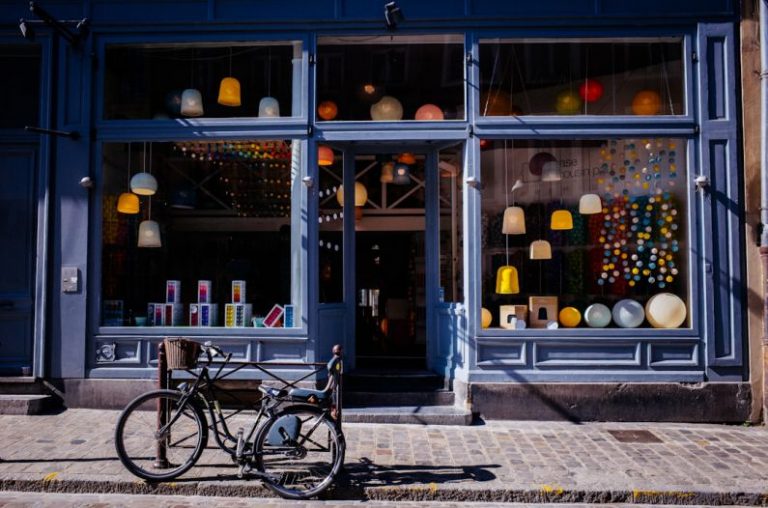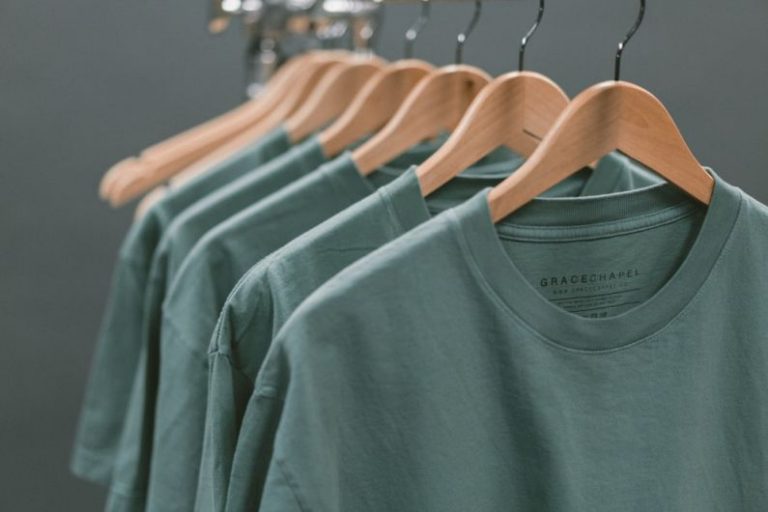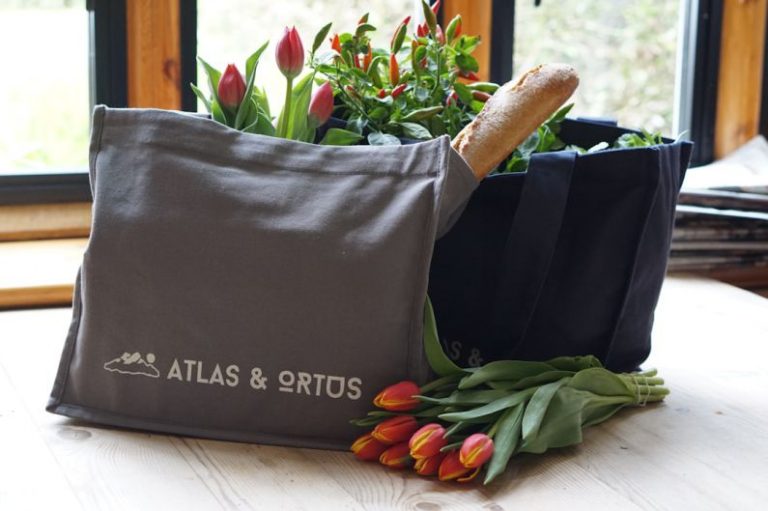The Rise of Second-hand Shopping
In a world of fast fashion and fleeting trends, the rise of second-hand shopping has emerged as a sustainable and budget-friendly alternative for fashion-conscious consumers. Embracing pre-loved clothing and accessories has become a popular choice for individuals looking to reduce their environmental impact while also exploring unique styles. From thrift stores to online resale platforms, the second-hand market has experienced a significant surge in recent years, reshaping the way people approach fashion consumption.
**The Appeal of Second-Hand Shopping**
One of the primary drivers behind the growing popularity of second-hand shopping is the appeal of finding one-of-a-kind pieces that cannot be replicated in mass-produced fashion. Thrift stores and vintage shops offer a treasure trove of hidden gems waiting to be discovered, each item with its own story and character. The thrill of the hunt and the satisfaction of unearthing a rare find add an element of excitement to the shopping experience that is often missing in conventional retail settings.
Moreover, second-hand shopping allows individuals to express their personal style in a more authentic and individualistic way. By incorporating pre-owned items into their wardrobes, shoppers can create unique outfits that reflect their personality and creativity. Mixing vintage pieces with contemporary garments can result in fashion-forward looks that stand out from the crowd, making a bold statement without contributing to the cycle of fast fashion.
**Sustainability and Ethical Considerations**
Beyond the stylistic benefits, second-hand shopping aligns with the growing emphasis on sustainability and ethical consumption in the fashion industry. By choosing to buy pre-loved clothing, individuals can extend the lifespan of garments and reduce the demand for new production, thereby decreasing the environmental impact of their wardrobe choices. This shift towards a circular economy promotes the idea of reuse and recycling, encouraging a more mindful approach to fashion that prioritizes longevity over disposability.
Additionally, opting for second-hand items helps address the issue of textile waste, a pressing concern in the fashion industry. By diverting clothing from landfills and giving them a second life, consumers can contribute to the reduction of waste and the conservation of resources. This conscious decision to support a more sustainable fashion ecosystem underscores the importance of making thoughtful choices when it comes to personal style and consumption habits.
**The Rise of Online Resale Platforms**
In recent years, the rise of online resale platforms has further fueled the popularity of second-hand shopping, providing a convenient and accessible way for consumers to buy and sell pre-owned items. Websites and apps dedicated to second-hand fashion offer a vast selection of clothing, accessories, and footwear, allowing shoppers to browse a diverse range of styles and brands from the comfort of their own homes.
These online platforms have democratized the second-hand market, making it easier for individuals to participate in sustainable shopping practices and discover unique pieces from around the world. The convenience of online shopping, coupled with the thrill of finding hidden gems and scoring great deals, has transformed the way people approach second-hand shopping, turning it into a mainstream trend with a global reach.
**A Shift in Consumer Behavior**
The rise of second-hand shopping represents a significant shift in consumer behavior, signaling a growing awareness of the environmental and social impact of fashion consumption. As more people embrace the benefits of buying pre-loved items, the stigma associated with second-hand shopping is gradually fading away, replaced by a sense of pride in making sustainable and stylish choices.
In conclusion, the rise of second-hand shopping reflects a broader cultural shift towards more conscious and ethical consumption practices in the fashion industry. By embracing pre-loved clothing and accessories, individuals can express their personal style, support sustainability efforts, and contribute to a more circular and responsible approach to fashion. As the popularity of second-hand shopping continues to grow, it is evident that this trend is not just a passing fad but a lasting movement towards a more sustainable and stylish future.






